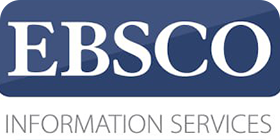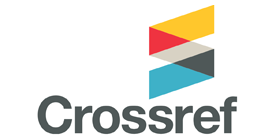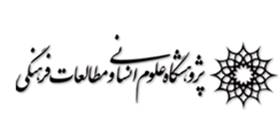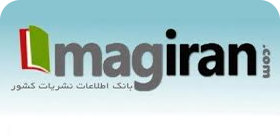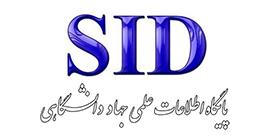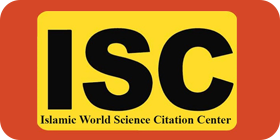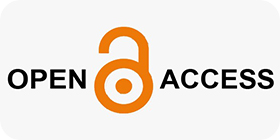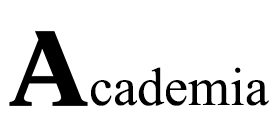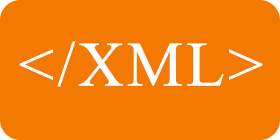Presenting Human Resource Selection Model in Education with Tricycle Model
Keywords:
Human Resources, Education, Tricycle ModelAbstract
Purpose: The aim of this study was to Presenting Human Resource Selection Model in Education with Tricycle Model. Methodology: This study was applied in terms of purpose and exploratory in terms of data type. The statistical population of the qualitative part of the research included university experts and senior managers of education and training of the whole country in the academic year of 2018-2019. Using the principle of theoretical saturation, 23 experts were selected based on purposeful sampling method. And the deputies of the Education Organization in the whole country were 900 people in 1397-98, and using the Cochran's formula, 270 people were selected based on the relative class sampling method. In order to collect the data, two interview tools and a researcher-made questionnaire including 87 items were used. Its validity was examined in three formal, content and structural methods and its reliability (Cronbach's alpha and hybrid reliability) was above 0.7. The data analysis method in the qualitative part of the theoretical coding was based on the method of basic data processing theory and in the quantitative part the methods of confirmatory factor analysis and modeling of structural equations were used using Lisrel-v8 software. Findings: According to the findings, the factors influencing the selection of human resources, including the behavior of the professional citizen, job performance and innovation, and the constituent components of human resource selection included, contextual, structural and behavioral components. Also, all the components identified in the current situation were evaluated as desirable. In addition, in this study, the mechanisms, contexts and barriers to human resource selection were identified. Conclusion: Strategies for developing an operational plan to improve human resource development in the education organization; Paying attention to meritocracy in delegating work responsibilities; Continuous evaluation of employee performance; The removal of infrastructure and credit barriers to staff access to Internet and scientific networks. Finally, it is possible to improve the choice of human resources according to the amount of components of the behavior of a professional citizen, job performance and innovation.


